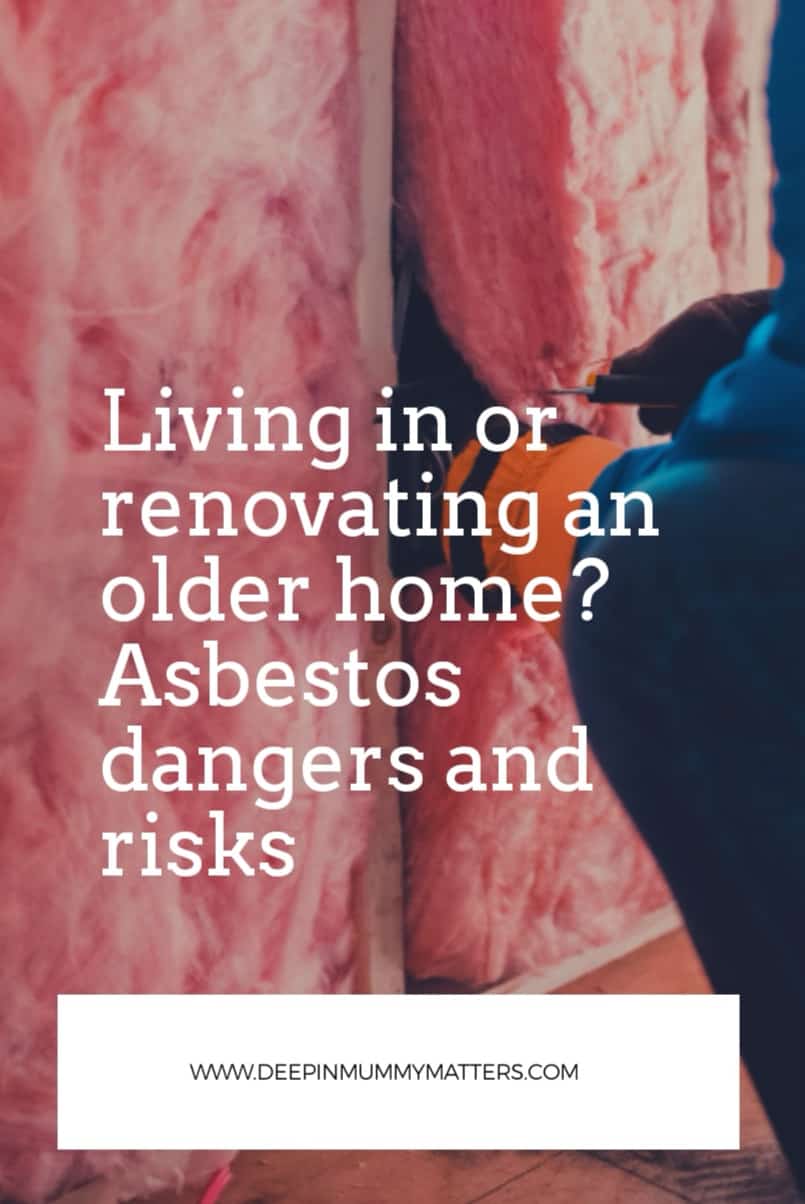Don’t you love that feeling of going home? Or maybe now that you’ve been stuck in it more than usual (thanks 2020), you’re looking for a way to modify, level up, or update your existing home.
If you are spending more time at home and perhaps considering renovations, you need to know that older homes may pose severe dangers to you and your family. Homes built before 1985 are likely to have been built using asbestos-containing materials. And even some homes built before November 1999 (when the full asbestos ban in the UK was put in place) could contain asbestos.
You may expose your family to a hazardous environment if these materials are disturbed in renovations or updates.
So what can you do to stay safe and protect your family? Practising a little bit of caution can go a long way. Here is what you need to know and how to safely protect yourself and your family.
What is asbestos?
Asbestos is a natural mineral substance that must be mined from underground. It is composed of tiny, wispy fibres that can easily break into microscopic pieces that, when inhaled, can be disastrous to human health. To get an asbestos removal quote, you first need to understand what asbestos is and where it can be found in your home. Knowing this information will help you communicate effectively with professionals who can safely remove it.
Once considered a magical material, its use was rampant in building materials, insulation, ceiling tiles, heat-resistant flooring, paint, and much more. Asbestos fibres are incredibly strong and resistant to fire, heat, and electricity. This made it a wonder for “safe” building practices. However, the dangerous results of breathing in the asbestos fibres proved to be a much more tragic consequence of using asbestos.
Breathing in airborne asbestos fibres can cause asbestosis, mesothelioma, and lung cancer. Often, those exposed to asbestos won’t have symptoms until years later. By then, it’s too late.
How can I know if my home contains asbestos?
The best way to know if your home contains asbestos is to get a professional to test it properly.
Most homes built in the 1900s use materials fortified with asbestos. Homes built before 1980 are of particular concern. Getting a professional asbestos test by a certified professional is your responsibility to ensure the safety of your home for your family.
People who have lived in older homes with asbestos will not have experienced any adverse effects. As long as these materials are in a like-new state, the dangers are much lower.
Homes with dated insulation, ceiling or floor tiles, cement siding boards, roof shingles, popcorn ceilings, textured paint, caulking, oil or coal furnaces, and other materials installed or used for construction between 1920-1980 should be tested for asbestos.
What to do about asbestos when renovating or updating your home?
Again, before you do anything, get a professional to come in and identify problem areas.
The most significant health hazard occurs when asbestos is disturbed or damaged. As these homes built in the 1900s are beginning to age, many homeowners look to make repairs or complete renovations. When walls are taken down, flooring ripped up, and insulation updated, asbestos particles can launch into the air and be inhaled, causing subsequent illness and even death. Even straightforward projects like updating a lighting fixture or updating old flooring may stir up toxic dust and have serious consequences.
For smaller projects, simply hiring a professional inspector would be the first step. Working with a contractor to update your home is always the best bet for more significant renovations. They are skilled in managing renovation projects, know what materials to test, and are the best professionals to conduct the proper tests. Performing a licensed removal of asbestos-containing substances is the best way to protect your home and family safely.
Do not DIY asbestos removal because there are rigorous processes for this hazardous material. It is necessary to have the correct protective equipment and properly dispose of the asbestos debris.
How can I protect my family from dangerous asbestos situations?
If you think your home may contain asbestos and you’ve been considering renovating, keep an eye out for potentially dangerous situations.
Even small damaged areas can be severe problems if you have small children. Imagine your child picking at broken tiles on the floor and then putting their fingers in their mouths. Or, perhaps your children are playing in an attic or basement, stirring up insulation or damaged material that contains asbestos. Being aware of these types of dangers is vital to ensuring the safety of your family.
In 2000, a study demonstrated that a newborn child is seven times more likely than a 30-year-old to contract mesothelioma from low levels of asbestos exposure. That means smaller, developing lungs are more at risk. It’s our responsibility to make sure that the homes we are living in are safe places for our children to thrive.
If you live in an older home, here’s what you can do:
- Get older homes tested by a professional for asbestos
- Avoid letting children play in damaged or potentially unsafe areas in the home
- Do not touch damaged materials or disrupt sites that may stir up asbestos dust
- Leave asbestos-containing materials alone, especially if they are in good condition
- Continually check at-risk areas to monitor their condition; once the material begins to deteriorate, you should seek assistance from a removal professional.
- Always get professional assistance to repair, replace, renovate, or remove any asbestos-contaminated areas.

